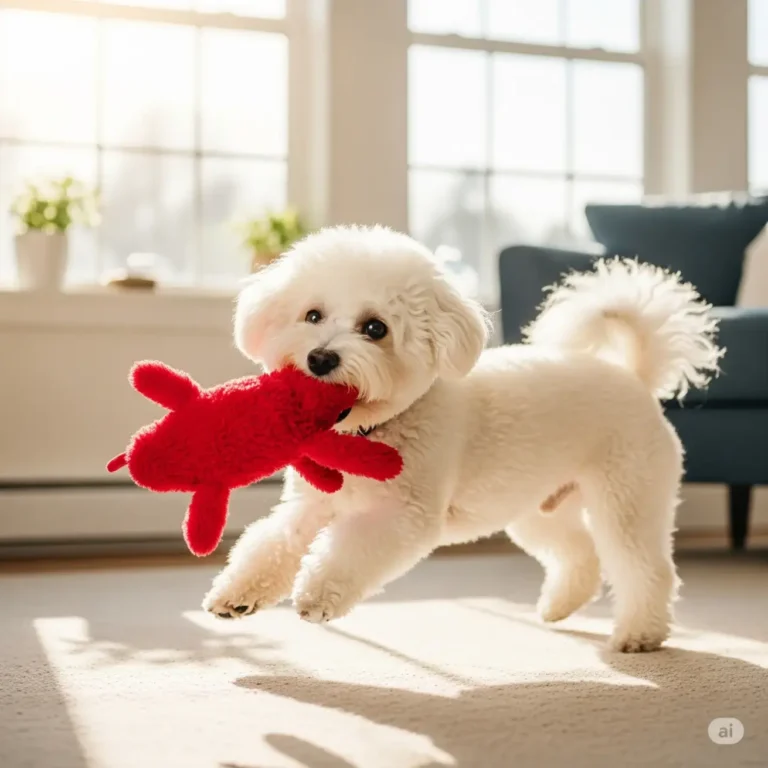Top 5 Tips for First-Time Pet Owners
That moment you bring home your first dog or cat? It’s a whirlwind of joy, nerves, and pure love. Your heart races as they sniff their new surroundings. Maybe your puppy’s ears flop adorably, or your kitten pounces on a stray sock. But let’s be real — it’s also a bit scary. Will you get this right? What if they chew your shoes or hide under the couch?
Deep breath, new pet parent. You’re not alone, and you’re already doing great by wanting to learn. This new pet owner guide is packed with pet care tips to help you and your furry friend start strong. Whether you’ve adopted a playful pup or a curious cat, these five tips will ease your worries and build a bond that lasts a lifetime. Let’s dive into this adventure together!
1. Start with the Right Supplies
Your pet needs the right gear to feel at home. Think of it like setting up a cozy nursery. Start with a collar and ID tag with your contact info. A leash is essential for dogs, ideally 6 feet long for walks. Get sturdy food and water bowls — ceramic or stainless steel are easy to clean.
Choose high-quality pet food suited to their age, size, and breed. Kittens need nutrient-rich formulas, while senior dogs might need joint-support blends. Don’t skip a comfy bed; orthopedic ones are great for puppies or older cats.
For cats, a litter box and scoopable litter are non-negotiable. Grab some waste bags for dog walks or extra litter for cats. Toys like chew bones or feather wands keep them entertained. A crate can help with dog training or give cats a safe hideout.
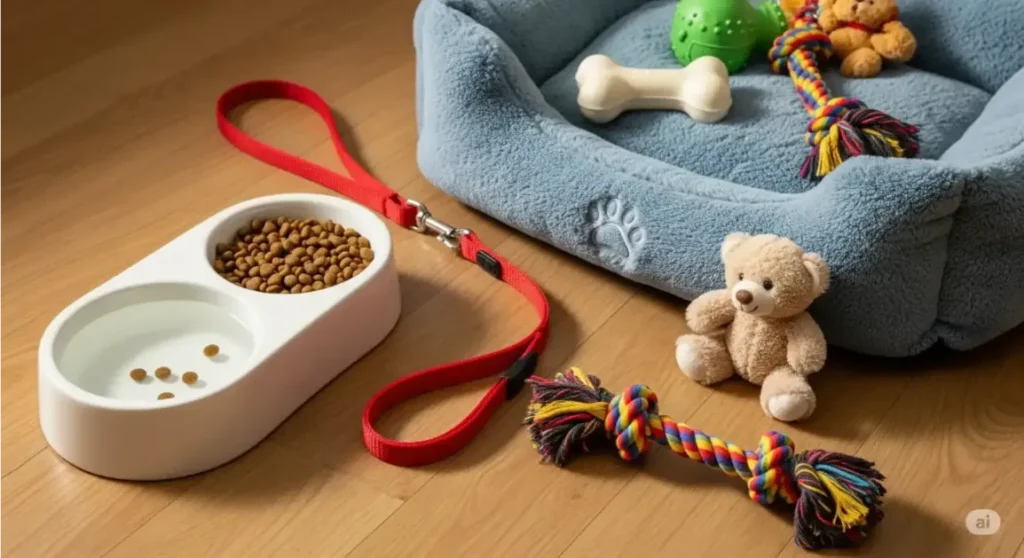

Image suggestion: A neatly arranged pet setup with a bowl, leash, bed, and toys on a wooden floor.
Alt-text: Essential pet supplies for new dog or cat owners.
2. Create a Safe and Welcoming Space
New homes can overwhelm pets. Strange smells, unfamiliar noises — it’s a lot for a dog or cat to process. Create a quiet, safe corner just for them. Place their bed and toys in a low-traffic area, like a cozy living room nook.
For cats, add a scratching post or perch for climbing. Dogs might love a blanket that smells like you for comfort. Check your home for hazards. Tuck away electrical cords, secure heavy objects, and remove toxic plants like lilies or pothos. Keep cleaning supplies and human food out of reach — chocolate and grapes are dangerous for pets.
Let your pet explore at their own pace. Don’t force cuddles right away; give them time to adjust. If they hide, that’s okay — they’re just settling in. A calm space builds trust and helps them feel secure. Over time, they’ll associate this spot with safety and love, making your home their home.
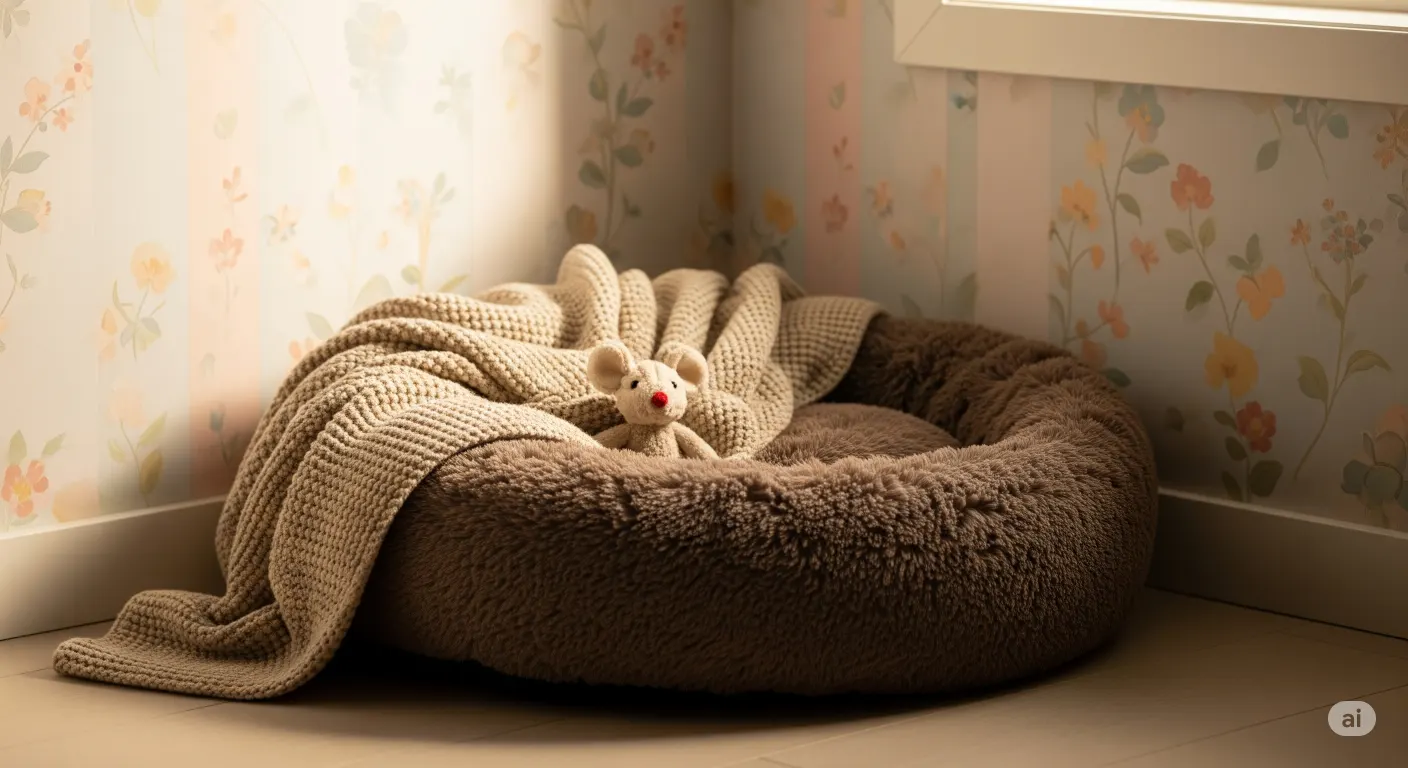

3. Establish a Consistent Routine
Pets crave routine like kids crave bedtime stories. A schedule makes their world predictable and comforting. Feed them at the same times daily — morning and evening work well. Use a measuring scoop to avoid overfeeding; obesity can harm pets long-term.
For dogs, schedule walks two to three times a day, even if it’s a quick 15-minute stroll. Cats need playtime to burn energy — try 10 minutes with a laser pointer or feather toy.
Clean the litter box daily for cats to prevent accidents. Bedtime routines help, too. Maybe a short walk for dogs or a gentle petting session for cats. Stick to your schedule, even on weekends, to build trust.
Routines reduce anxiety and help with training. For example, feeding after walks can teach dogs to wait patiently. You’ll soon notice your pet relaxing into the rhythm, and you’ll feel more confident as their guide. It’s a win-win!
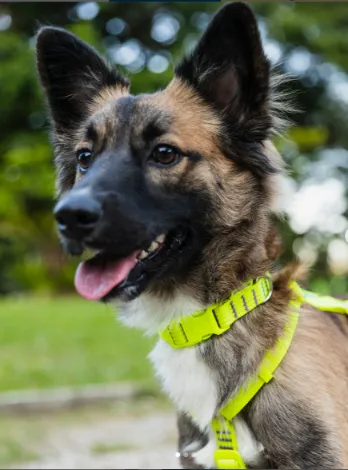

4. Learn to Read Their Signals
Your pet can’t speak, but they’re always talking — with their body, eyes, and actions. Learning their signals is like cracking a secret code.
- Dogs wag their tails when happy but tuck them when scared.
- Ears back might mean they’re nervous; ears up show curiosity.
- Whining could signal a need for a potty break or attention.
- Cats purr when content but hiss when upset.
- A slow tail flick means irritation, while kneading shows affection.
- Watch for subtle cues, like a dog yawning when stressed or a cat hiding when overwhelmed.
Keep a journal for the first month to track patterns. For example, does your puppy pace before needing to go out? Does your kitten meow before meals? Understanding these signs helps you meet their needs faster. It deepens your bond, too — when you respond, they trust you more. Over time, you’ll feel like you’re having full-on conversations with your furry friend!
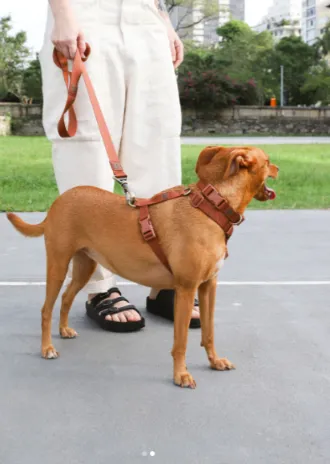

5. Build a Relationship with a Trusted Vet
A vet is your pet’s doctor and your partner in their health. Schedule a checkup within the first week to catch any issues early. Bring any adoption or breeder records to share vaccination history. Ask about spaying/neutering, flea prevention, and diet recommendations.
Vets can spot things you might miss, like dental concerns or allergies. Find a vet you trust by asking friends, reading online reviews, or visiting clinics to gauge their vibe.
A good vet listens to your concerns and explains things clearly. Keep their number handy for emergencies, like if your dog eats something odd or your cat stops eating.
Regular visits — annually or twice yearly for seniors — keep your pet healthy. Don’t skip vaccinations or parasite control; they prevent serious issues. Having a vet gives you peace of mind, so you can focus on enjoying your pet. It’s like having a safety net for your new best friend.
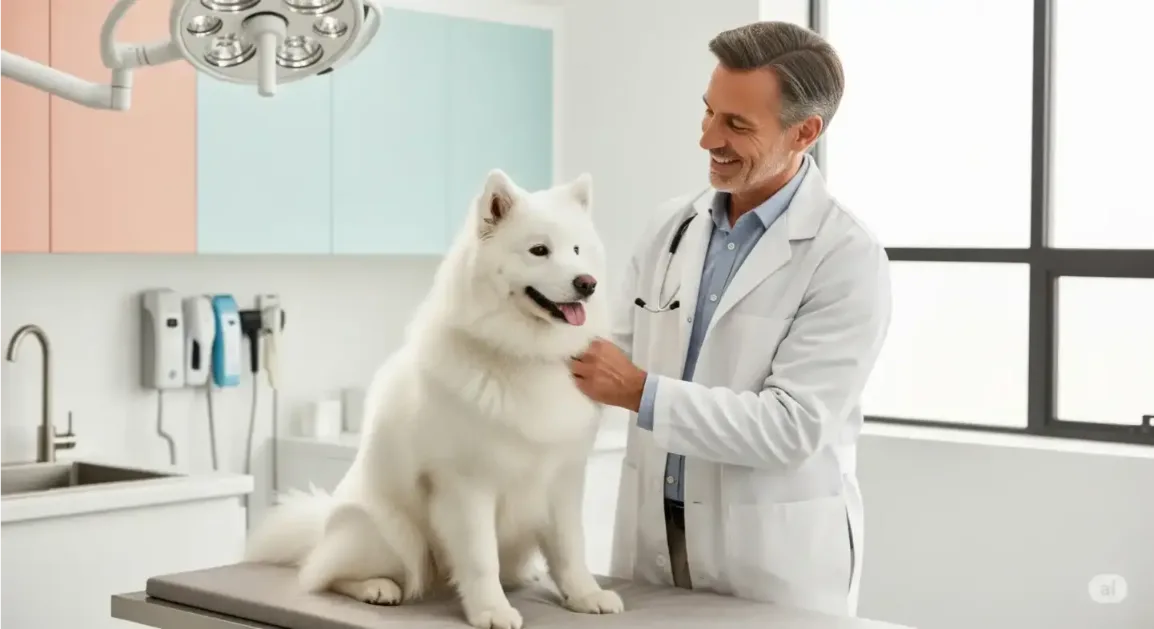

Final Thought
You’ve taken a huge step by welcoming a dog or cat into your life. That’s something to celebrate! No one expects you to be perfect right away. Pet parenting is a journey of learning, laughing, and loving.
These pet care tips are your roadmap to start strong, but every day with your pet teaches you something new. Some days, you’ll nail the routine. Others, you might clean up a chewed shoe or a knocked-over plant. That’s okay — it’s all part of the adventure.
Your pet doesn’t need a flawless human; they need you, with all your effort and heart. Keep showing up, and you’ll build a bond that makes every moment worth it. From late-night cuddles to morning walks, you’re creating memories together. You’ve got this, and your furry friend is so lucky to call you their family. Here’s to a lifetime of love and wags — or purrs!

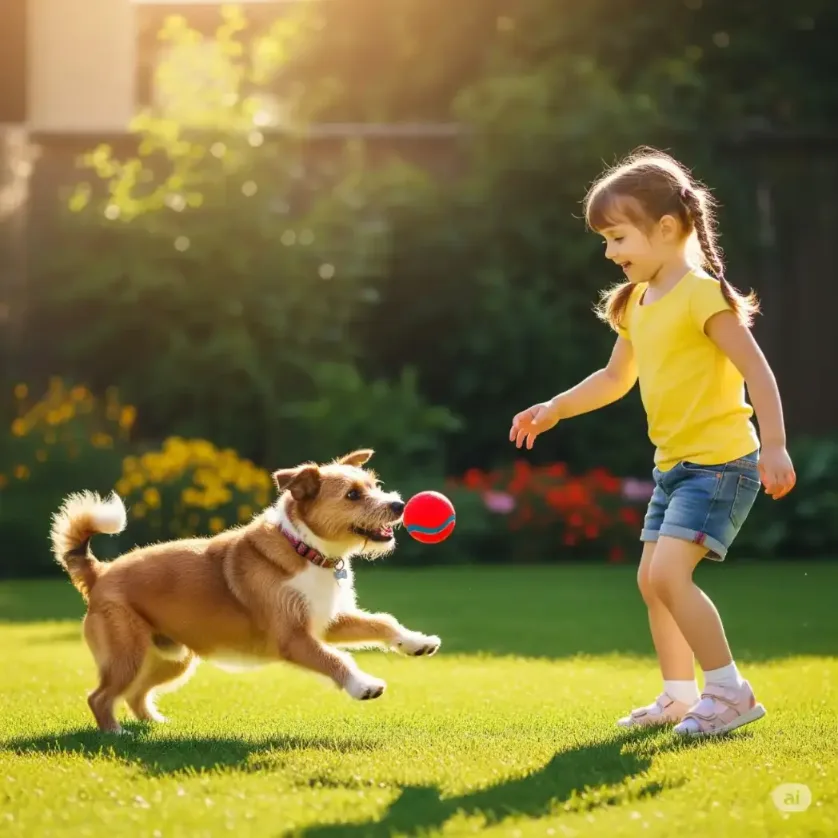
“Read our complete Bernedoodle guide“
“Explore our Bernedoodle puppies care section“






